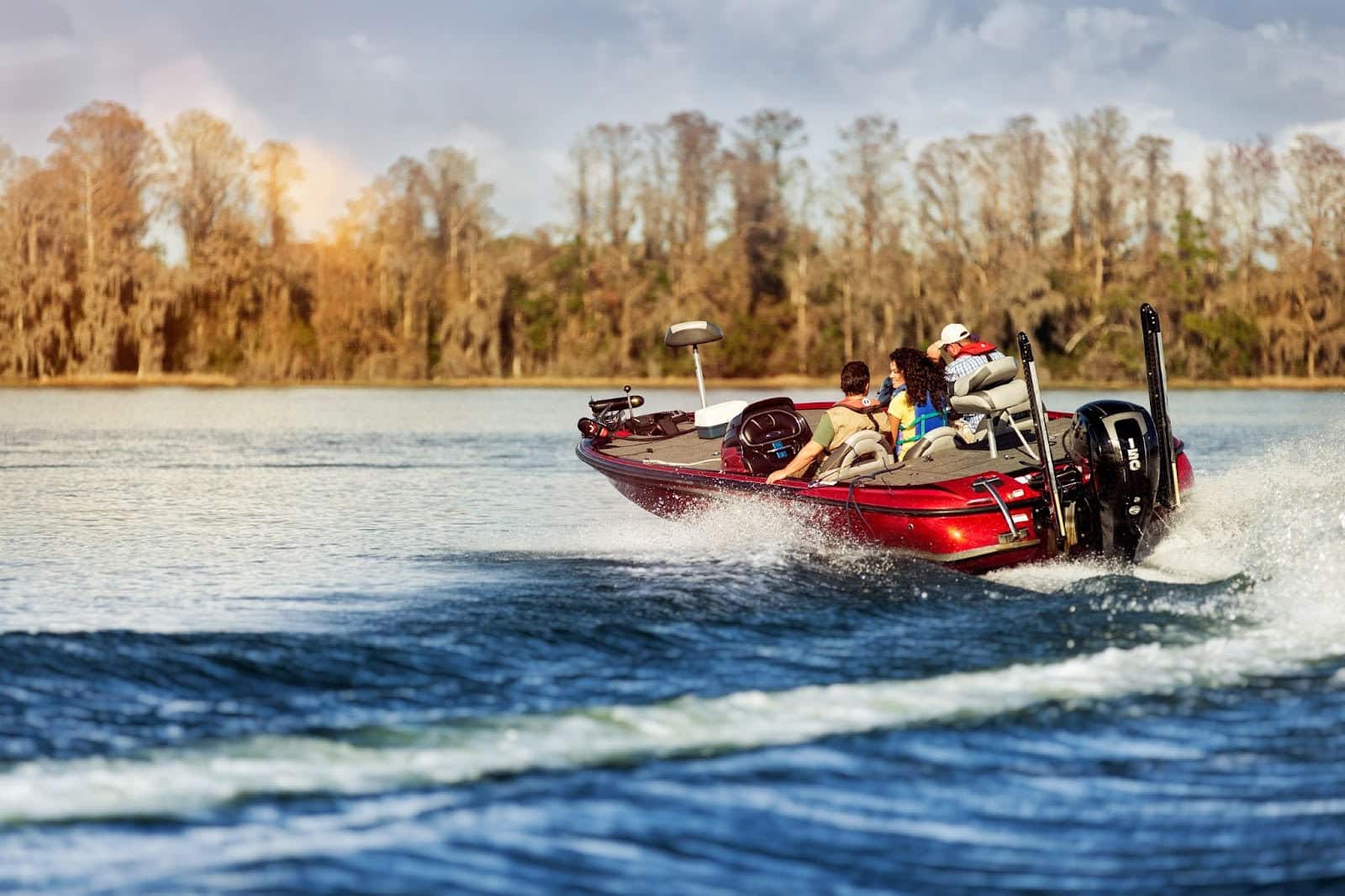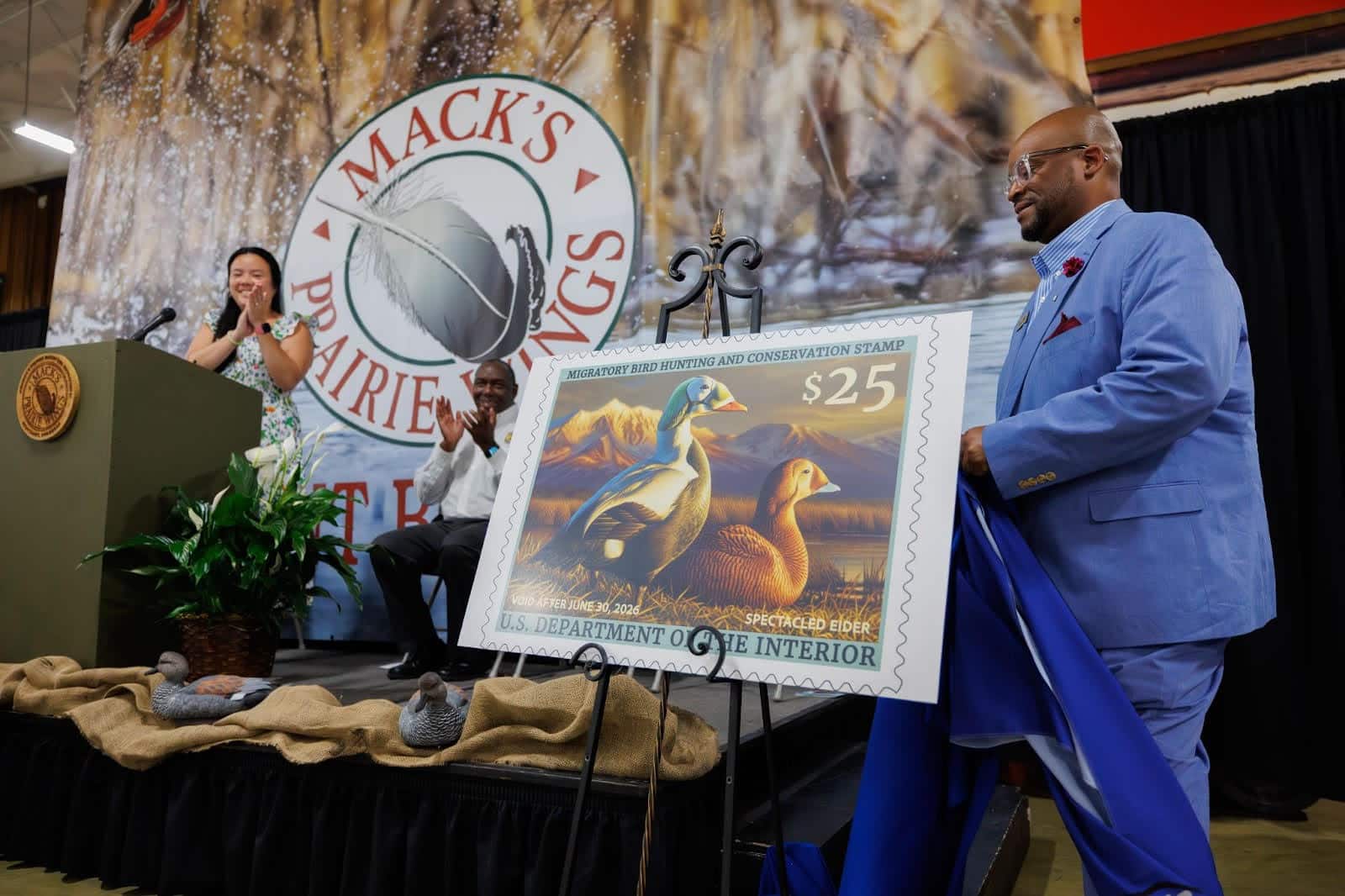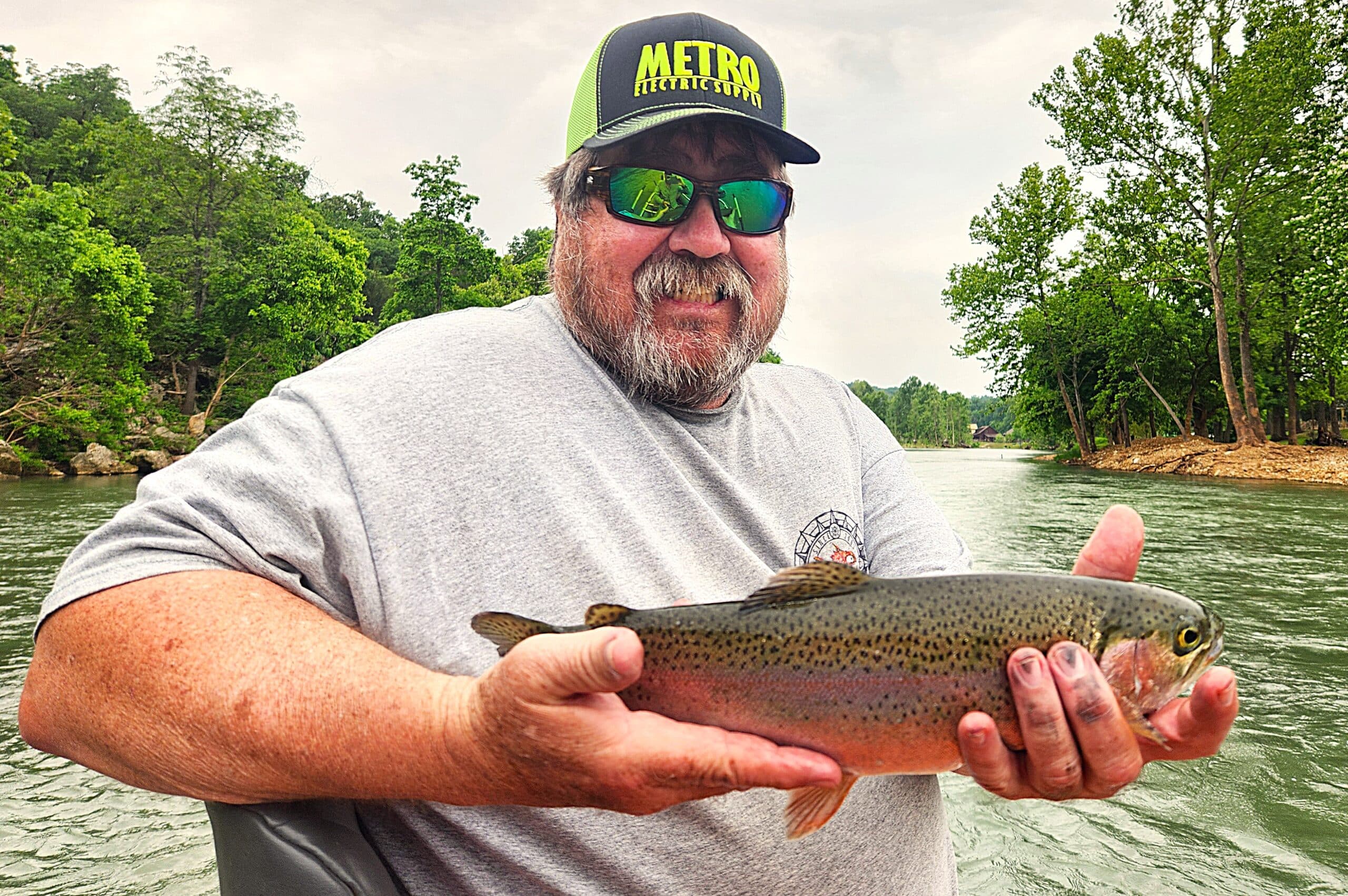Feral Hogs
Feral Hogs are Pests
Feral hogs are not native to the United States. They are an invasive species, a public nuisance and a threat to Arkansas. They compete for food resources, destroy habitat by rooting and wallowing and will eat ground-nesting birds, eggs, fawns and young domestic livestock. They also carry up to 45 bacteria, diseases and parasites, including Trichinellosis, Brucellosis and swine herpes virus.
Hunting and shooting feral pigs has been implemented for the last few decades. It can chase feral hogs away from crops or food plots temporarily, but they soon return or become a problem for a neighboring landowner. Studies show at least 66 percent of a hog population must be removed each year just to prevent it from growing. Hunting has shown to reduce hog populations by only 8 to 50 percent.
The Arkansas Game and Fish Commission recognizes large-scale trapping as the most efficient and economical means currently available to reduce feral hog populations.
Sport hunting of feral hogs has been more hindrance to hog removal than benefit. Illegal relocation of hogs for hunting purposes has spread the problem to new areas. The shooting of individual hogs also thwarts large-scale trapping efforts by agencies because increased disturbance makes it nearly impossible to catch the whole sounder, or family group, at once.
Hog Transportation Regulations
Arkansas law prohibits the sale and transport of live feral hogs.
Visit the following links for more information regarding hog transport :
- Act 723 on Feral Hog transport (90th General Assembly of the Arkansas State Legislature, 2015)
- Act 697 on Feral Hog Transport (91st General Assembly of the Arkansas State Legislature, 2016)
- Arkansas Swine Regulations (Arkansas Livestock and Poultry Commission)
Hog Hunting and Shooting Regulations
Feral hogs may be killed or trapped year-round, by a landowner or anyone with the landowner’s permission.
- Feral hogs may be killed by hunters who are hunting bear, deer or elk during an open firearms or archery season with weapons legal for that season. (See exceptions below):
- Hunters must comply with all hunting license and permit requirements. Feral hogs killed on WMAs can be taken for processing or left where they were shot.
- Feral Hogs may not be killed on:
- Holla Bend National Wildlife Refuge
- Natural Area WMAs owned by the Arkansas Department of Heritage
- Hot Springs State Forest WMA



